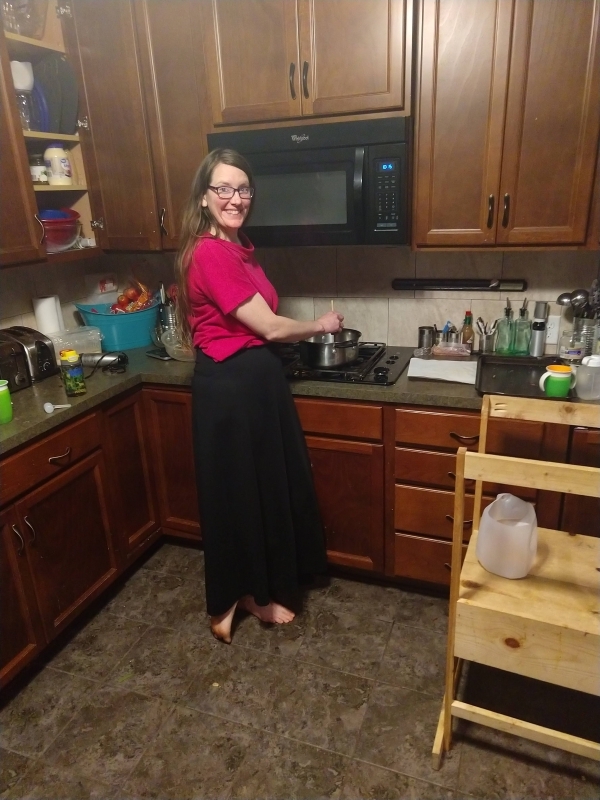I would have been pleased if we’d gotten pregnant soon after we were married. I’ve wanted a big family for as long as I can remember and was already feeling the time ticking.
But we’d decided that we would use my salary to pay off both our student loans so I could stay home with the kids without that extra financial stressor. We had a plan and I would stick to it.
We got pregnant on the first try, just according to plan.
I would have been thrilled if we’d have gotten pregnant soon after Tirzah Mae arrived. I love how close (in age and in relationship) I am to my siblings. And if I was going to have a large family, well, my time was ticking.
But we’d decided that we wanted to increase the chances that we could have a vaginal birth after c-section, so we were going to try to time the next baby’s due date 18 months plus 2 months fom Tirzah Mae’s birthday – to make sure we got 18 months between deliveries even if the next baby came as early as she did. We had a plan and I would stick to it.
We got pregnant on the first try, just according to plan.
Ditto our post-Tirzah Mae planning only this time post-Louis. I wanted that VBA2C and I’d wait to get pregnant to help it happen. We had a plan and I would stick to it (well, we almost did.)
And then after Beth-Ellen was born and my recovery was rough and the prolapse was horrible and we started fostering. I decided that two years would be better this time. I needed to recover, needed to get the prolapse under control. I had a plan and I would stick to it.
Just as planned, we got pregnant with a due date just a week before Beth-Ellen’s had been, three weeks before Beth-Ellen’s second birthday.
And then we miscarried.
And we haven’t gotten pregnant again.
And my plan of a big family closely spaced feels like it’s becoming less and less probable as I move closer and closer to that terrible 35 and its “geriatric pregnancy” or “elderly multigravida”. That’s where I’m at now – any baby conceived after this would be due after my 35th birthday.
This isn’t my plan and I’m floundering.
It’s so hard. So, so hard.
I want to trust God. I know that he’s sovereign. I know that he’s faithful. He’s proven himself to be so over and over and over again.
But all I can think of is the plan, my plan – and each ticking day. Bleeding and ovulating and bleeding again. No baby. What is God’s plan in this all?
I may never know.
But, Lord, give me grace to stick to it.

